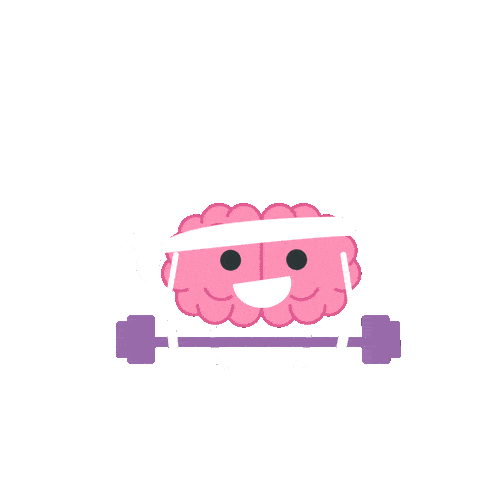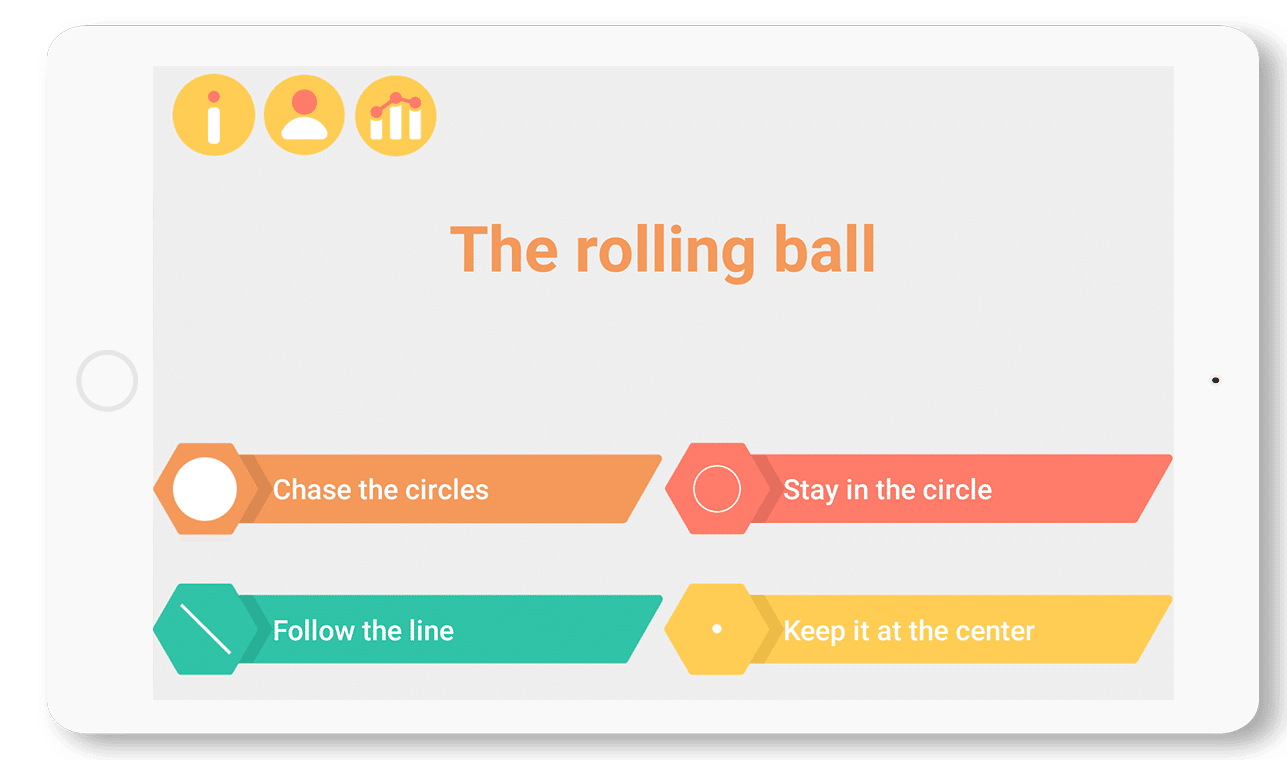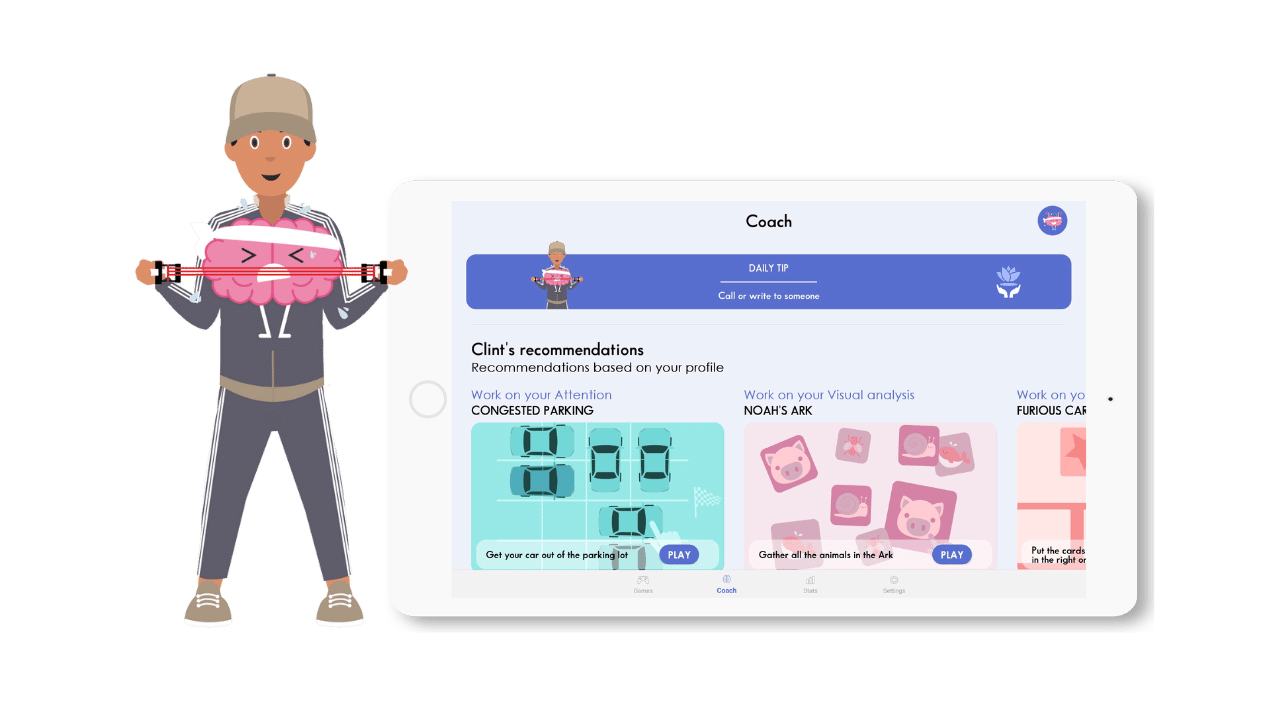IS POST-STROKE RECOVERY REQUIRED OR SHOULD THE RESULTS BE LONG-LASTING?
CVA or stroke is a very common disease that strikes thousands of people each year and can affect a person’s neurological condition or even lead to death. People who have survived a stroke often undergo rehabilitation to recover.
WHAT IS A CVA (stroke)?
To perform well, our brain needs oxygen but also nutrients that are delivered by the blood. The blood is transported through the internal carotid arteries. There are two types of strokes.
- Ischemic stroke
Ischemic stroke occurs when a small cerebral artery is clogged by a thrombosis (blood clot). This is formed in the heart or as a result of blood cells clumping together around cholesterol plaque. As a result, the part of the brain that is not irrigated does not receive oxygen: there will be a necrosis.
- Hemorrhagic Stroke
Hemorrhagic Stroke is due to a rupture of an inter-cranial artery. This is caused by age, blood pressure conditions, smoking, diabetes … Following this rupture, there will be a forming intracerebral hematoma. In addition, the rupture could also be caused by an aneurysm. There is a malformation of the artery that will weaken it.
HOW DO YOU TREAT A STROKE (CVA)?
The treatment of a stroke depends on its origin.
- Ischemic stroke
An ischemic stroke is caused by the development of a clot in the blood. In order to cure it, a microcatheter is used to remove the clot. The operation is done by hand and is called a thrombectomy. There is also intravenous thrombolysis. This method consists of injecting a substance into the vein that will dissolve the clot. This is less dangerous and increases the patient’s survival rate.
- Haemorrhage-related stroke
To treat this type of stroke, blood pressure must be well controlled so as not to damage the brain. When this is done, surgery can be performed to remove the hematoma.
- Aneurysm-induced stroke
For an aneurysm, surgeons will perform an embolization. The surgeons will block the infected cerebral artery through the femoral artery. Another procedure involves operating on the skull to separate the artery from the rest of the bloodstream.
WHY IS RE-EDUCATION NECESSARY AFTER A STROKE?
Re-education consists of applying therapeutic methods using specific instruments in order to improve the health and condition of the patient. In fact, re-education is essential for the patient’s recovery.
- To retrieve lost functions
Stroke results in major damage to the patient’s nervous system, including the destruction of neurons. In order to compensate for these losses, the patient must do rehabilitation exercises to stimulate the brain again. This will help to reorganize the remnants of neural networks to replace the lost neurons. In order to achieve a functional recovery of the brain, specific exercises are given to the patient which are repeated for a variable length of time depending on the case.
- To avoid further complications
Possible complications include general paralysis, spasticity that will progress to retract muscles, muscle pain or joint problems, but also difficulties in performing limb movements. Indeed, as soon as the patient is able to follow rehabilitation programs, it is imperative to apply them for his or the patient’s well-being.
WHO ARE THE REEDUCATORS?
Rehabilitation workers take over from the surgeons. They vary according to the type of after-effects.
- Physiotherapists
They re-educate people who have suffered from a stroke using movement. Patients must do exercises to treat joint, muscle, balance and paralysis problems with active movement. The Rolling Ball application can allow you to perform exercises at home from your tablet.
- Speech therapists/li>
Individuals with communication problems should consult with speech-language pathologists. The Clint application can also help you at home on your smartphone or tablet.
- Occupational therapists
These workers treat patients using hand labor. They mainly treat people with concentration problems or problems related to behavior and mental state.
Post-stroke rehabilitation is arguably necessary to sustain results.



